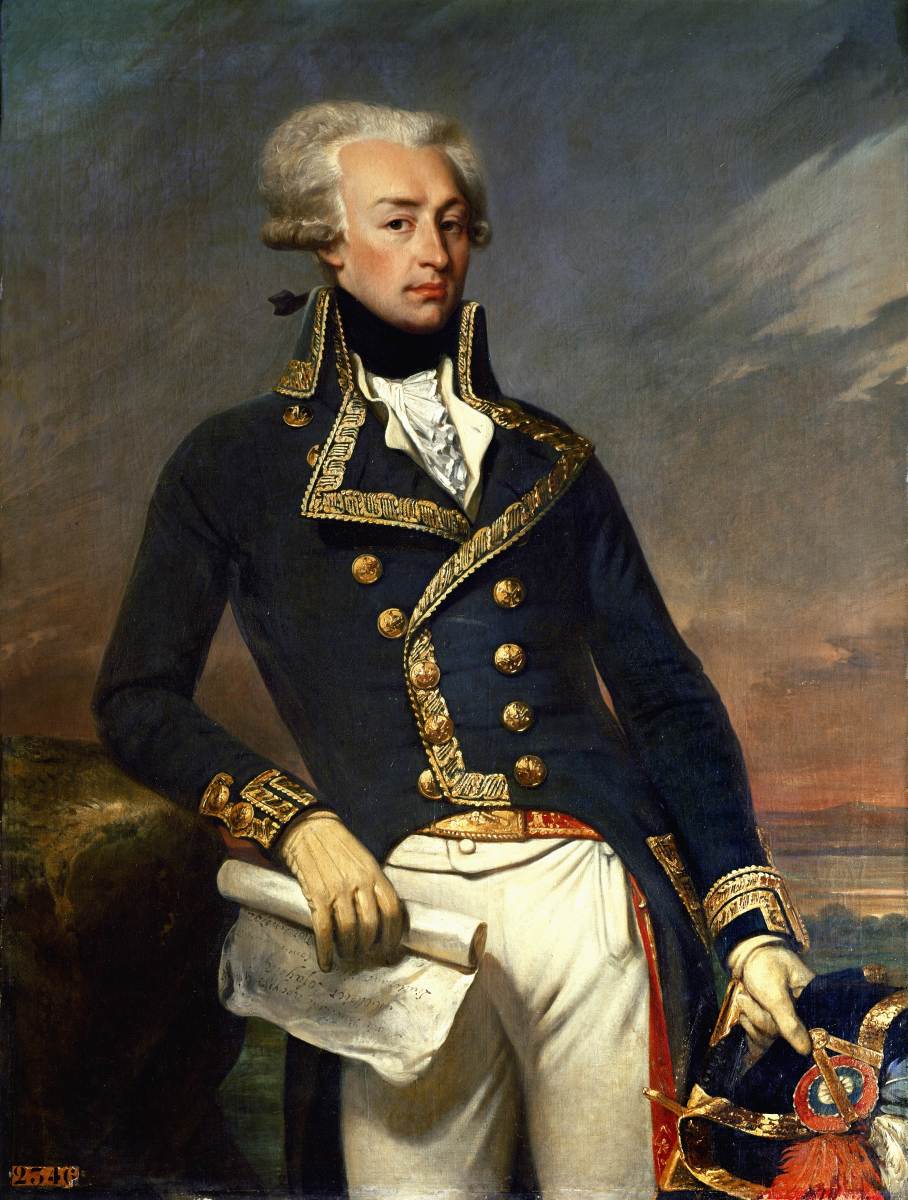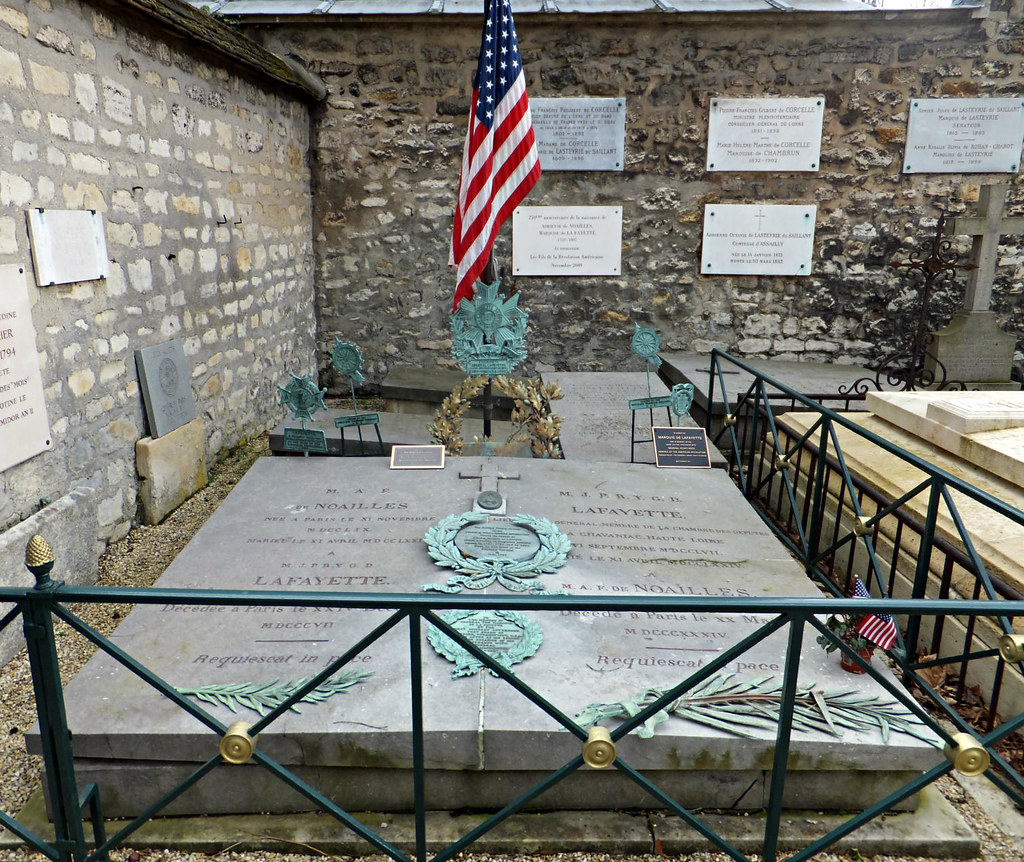The Marquis de Lafayette, nee Gilbert du Motier, was born in France in 1757. He was a nobleman born into great wealth. In his 20th year, he bought a ship he presciently named La Victoire and set sail for the American Colonies. He arrived in South Carolina June 13, 1777. He intended to become an officer in the Continental Army and help American patriots fight for their freedom from a tyrannical King. He did so despite the French King’s royal decree prohibiting French officers from serving in the American revolution. Not to be deterred, the Marquis de Lafayette was commissioned as a Major General by the Continental Congress and served (without pay) on General George Washington’s staff.
He intended to become an officer in the Continental Army and help American patriots fight for their freedom from a tyrannical King. He did so despite the French King’s royal decree prohibiting French officers from serving in the American revolution. Not to be deterred, the Marquis de Lafayette was commissioned as a Major General by the Continental Congress and served (without pay) on General George Washington’s staff.
The Marquis de Lafayette endured the winter at Valley Forge and was wounded in the Battle of Brandywine. He was commended by General Washington for his “bravery and military ardor”. At Valley Forge, he was known for having cut his blanket in half to warm a young sentry during the bitter winter encampment.
He returned to France in 1779, evaded arrest for disobeying the King’s royal decree, then proceeded to use his time, money, and diplomatic skills to secure 6,000 French troops for the American Revolution.
“The welfare of America is intimately connected with the happiness of all mankind."
The Marquis de Lafayette
He returned to the Colonies in 1780 and fought in the battles culminating at Yorktown and the ultimate British surrender alongside General Washington.
Following the American Revolution, The Marquis returned to his home country to take up the fight for liberté et égalité in France. During the French Revolution he stormed the Bastille and sent a prison key to George Washington at Mount Vernon where it remains on display to this day. He co-authored the French “Declaration of the Rights of Man” with Emmanuel Joseph Sieyes in consultation with Thomas Jefferson. Sadly, the Marquis’ wife lost her grandmother, mother and sister to the guillotine during the French Revolution.
At the age of 67, he returned to America a third and final time for a grand tour. Every city greeted him with honors and celebrations. He died in France on May 20, 1834. King Louis Phillipe banned official recognition of his death, yet Parisians honored him anyway. The Marquis de Lafayette is buried at Picpus Cemetery in Paris alongside his wife. Picpus is a private cemetery dedicated solely to those 1,300+ who were victims of the guillotine and their descendants. As he wished, he is buried under soil taken from Bunker Hill, Massachusetts. An American flag flies at his grave. In Washington, DC across from The White House, The Marquis de Lafayette is honored with an historic park known as Lafayette Square.
Today, there are many who decry the past and promise of America. There are just as many if not more who, like the Marquis de Lafayette, aspire to be a part of the American proposition. They have fought to defend her. They come with the knowledge that this country remains “intimately connected with the happiness of all mankind.”
The Marquis de Lafayette fought for Liberty in two Revolutions on two Continents. First, he witnessed firsthand the value of a Bill of Rights and limiting the powers of the powerful. Then, his family fell victim to cancel culture of the highest and most violent order. He is the penultimate example of a citizen servant in this upside-down, expansive bureaucracy-gone-wild, liberty-restricting, government-spending-palooza world of ours.
The Marquis de Lafayette would have signed the Convention of States petition with great courage and verve. Be an engaged citizen servant in the interests of preserving our Constitution by encouraging friends and family to sign the petition by sharing this link.






